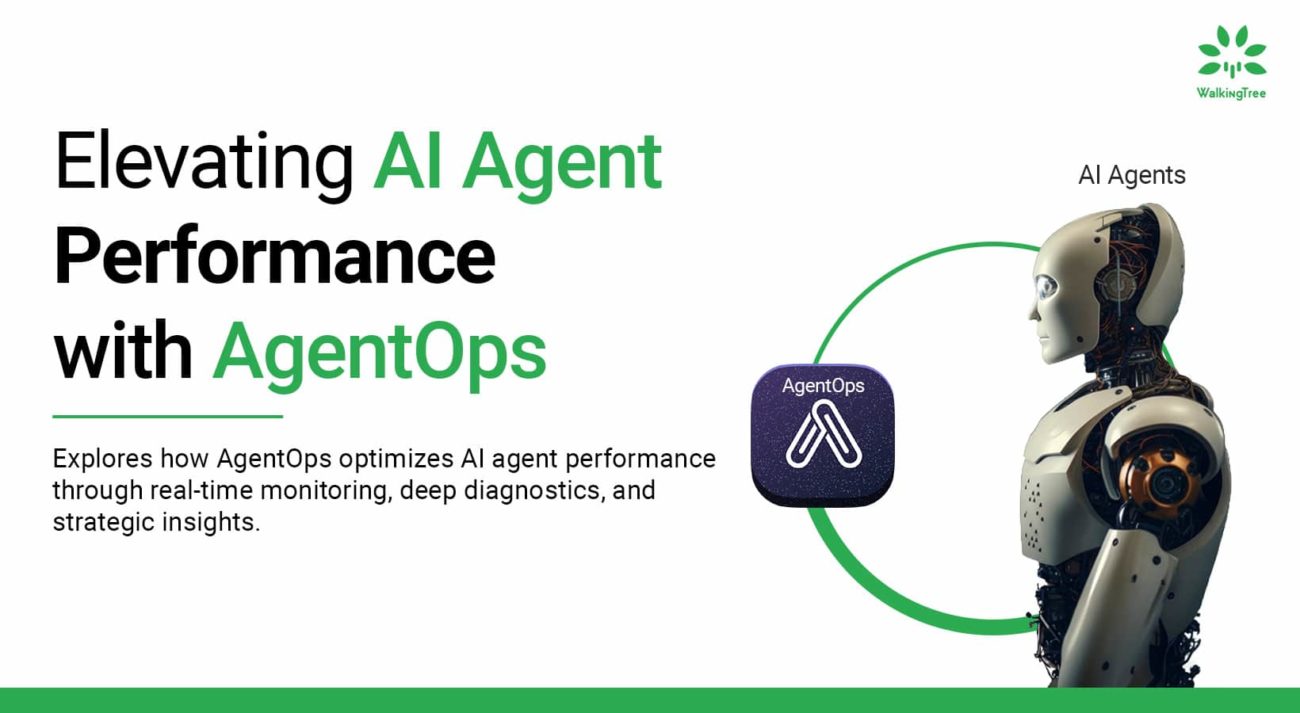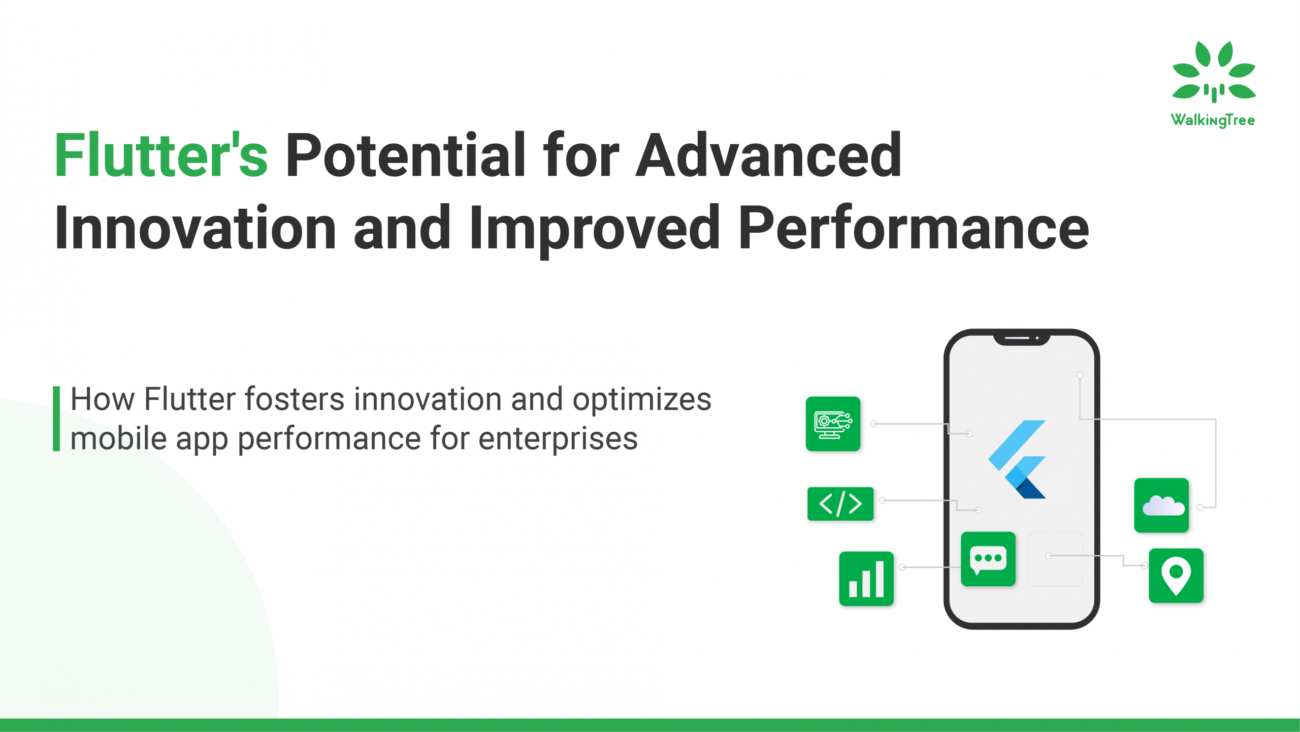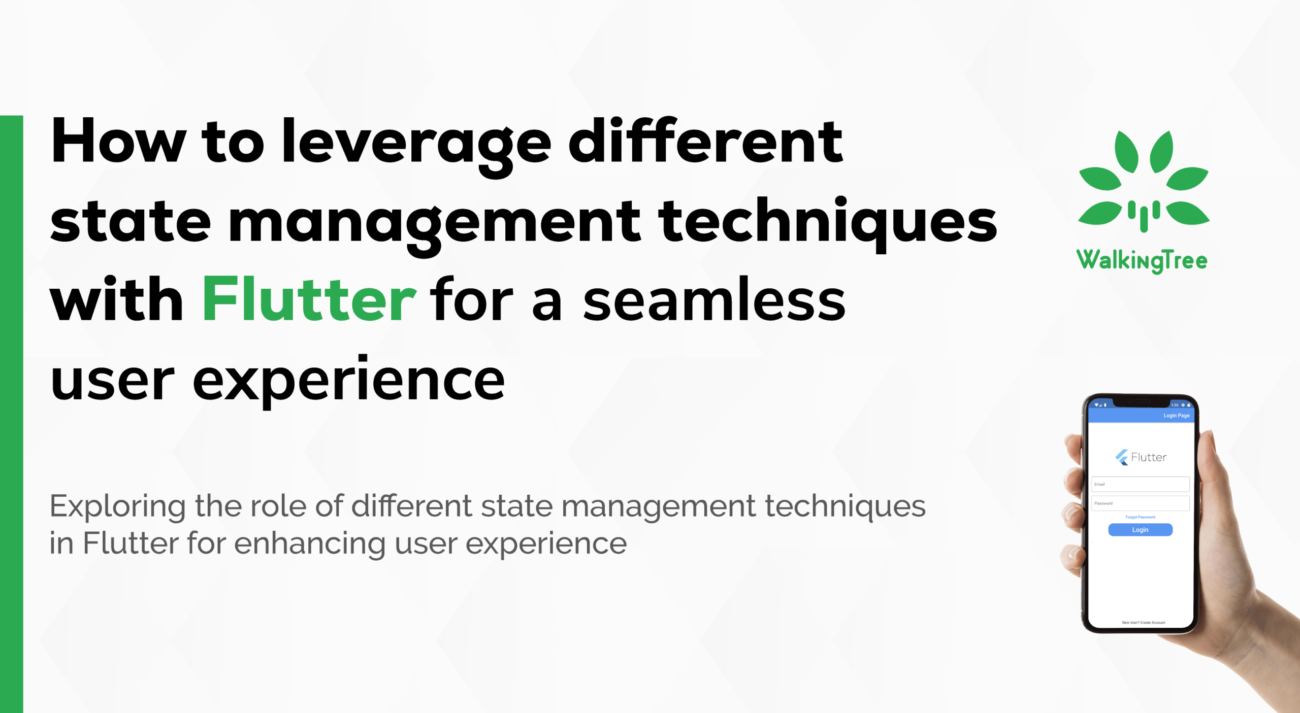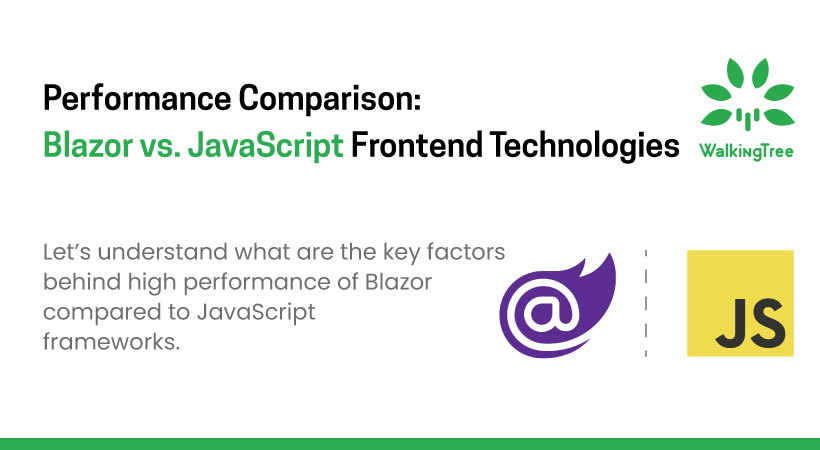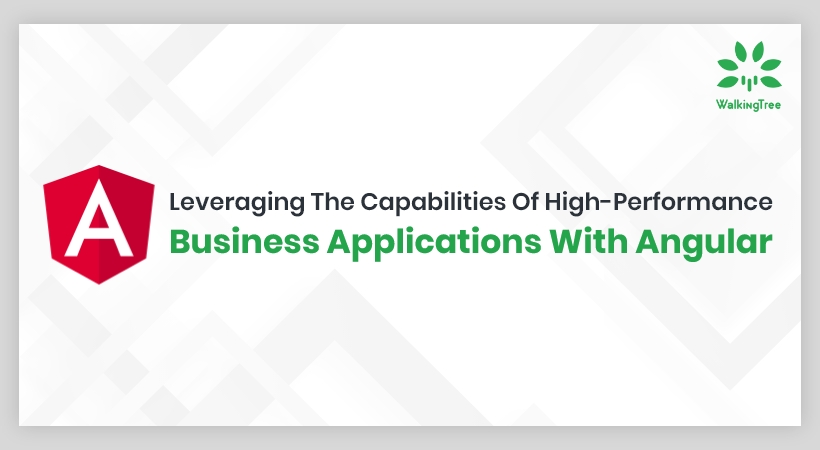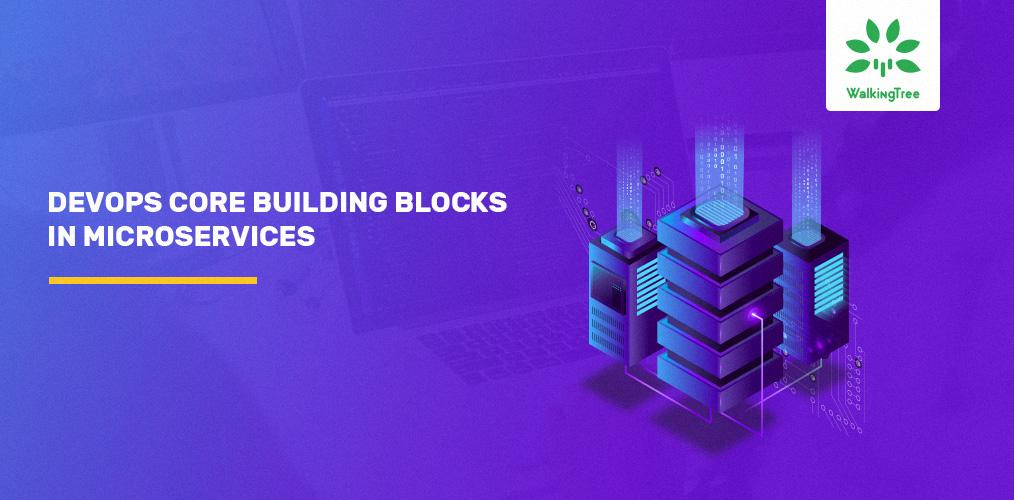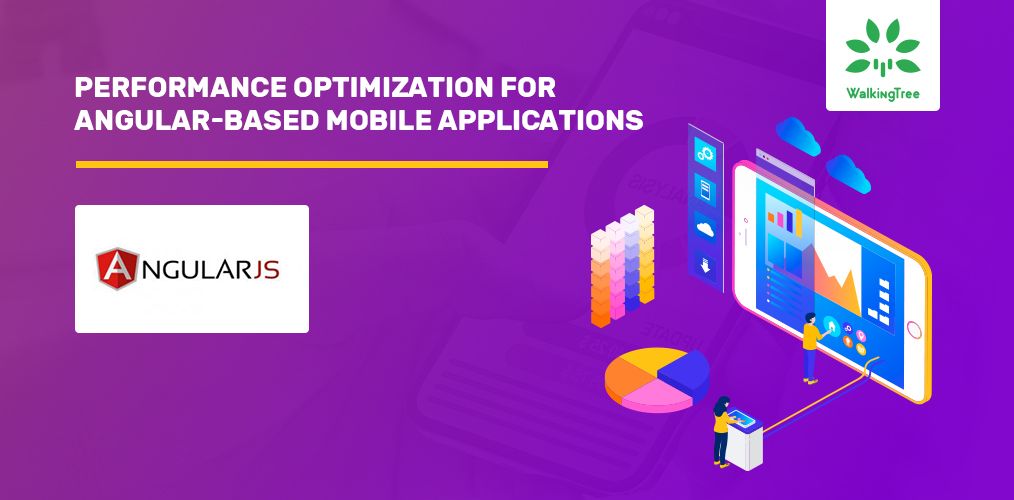
Blogs
Optimizing Performance Concerns During Legacy Migration
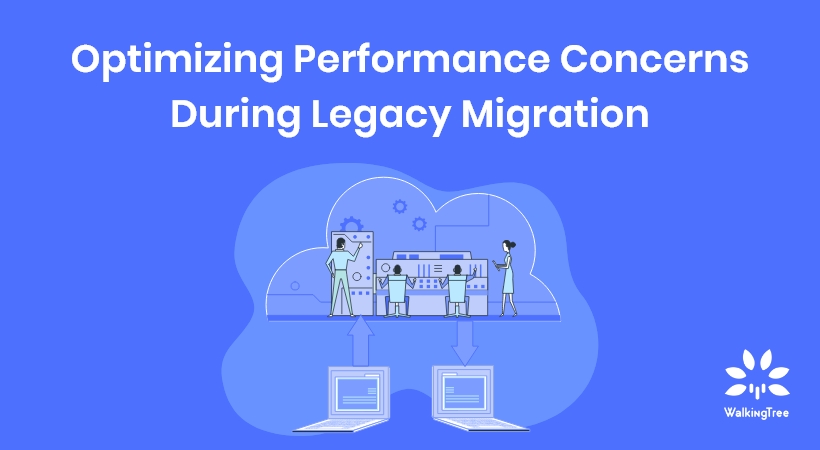

Optimizing Performance Concerns During Legacy Migration
The old-fashioned business models that were revolutionary years ago can’t integrate or compete with modern technology. Migration from a legacy system to another application (a cloud-based service in particular) can improve both your business’s competitiveness and performance. Successful migration from legacy systems also opens up new opportunities.
Let’s identify the reasons for switching your business to a new technical stack and the challenges you can face during legacy system migration.
Why do you need a legacy migration?

If the legacy systems of your organization are still in operation and mission-critical, chances are that they are monopolizing IT resources while being incompatible with the new technologies. So, for an agile, flexible, and up-to-date business that can quickly adapt to the market’s demand, you need to move to a better option. There are several reasons for rebuilding legacy software such as:
- Growth limitations and lack of scalability.
- Too much cost in maintaining outdated software.
- Challenges in updating the old software.
- Limited bandwidth and storage for projects.
- Feature inclusions have altered the original vision of projects.
- Upgrading system hardware and software on legacy systems require more time, cost, and maintenance.
- UX patterns expand and affect older software.
- Absence of mobile compatibility.
- Higher operational and security costs.
- Lack of enough accessibility, resulting in software that might alienate the users and expose the company to litigation.
Challenges faced during legacy system migration
There are several issues that you might face while starting the legacy migration. Depending on the specifics of your legacy system and organization’s goals, you can experience a few problems:
#1. Mission-critical apps can fail to deliver
Many core legacy systems are unable to deliver the required performance. Many aspects such as all business processes and regulatory impact need to be considered while migration. Look for a platform that ensures the new solution can be deployed with high availability and the required resiliency for mission-critical use.
#2. Getting the required technical expertise
The success of migration depends on the right choice! Finding a team that can assist you with accurate technical expertise is one of the most critical tasks. Here are some essential advantages of getting a reliable technical expertise team:
- Easier to synchronize the entire team tasks.
- Precise and transparent workflow.
- Equal responsibilities by mutual cooperation.
- Scaling the development capacity easily and efficiently.
- Fast implementation of processes.
#3. Co-existence of legacy and new systems
Enterprises that have large footprint systems can face problems while migrating data from legacy systems. In such situations, migration cannot be performed at once but in a phased manner. Operational approaches such as – providing business coverage with fully accessible functionality, data duplication, installing temporary systems for bridging legacy, and adapting new systems during the interim phase require upholding.
#4. Meeting deadlines of business timelines and roadmaps
Successful legacy migration is based on the details defined specifically in the migration roadmap (a plan describing what to do and when, and what steps to take in case of any issues). A well-thought-out plan requires an additional investment of time, superior experience, and ample knowledge. The roadmap determines the methods that are applied to rebuild the network, import and export data between the systems, prepare resources, and formulate a detailed timeline to speed up the development and launch of the project.
#5. Delivering an on-budget solution
The migration process can be consuming both in terms of time and money. The software can often be expensive, and transferring it to a new system might bring more payments. Delivering the right solution while being within the budget can sometimes be quite challenging.
#6. Delivering quality products and services
When migrating data, many aspects need to be considered such as regulatory impacts on the organization and all business processes. The process involves the efforts of various stakeholders and sponsors of the company and also the project team members. This step is very crucial for every business.
#7. Performance and testing
Performing and testing the entire migration process together can lower the organizational efficiency and affect your entire business. Optimizing the performance and testing all phases can estimate the vital business processes.
Optimizing the performance of legacy migration
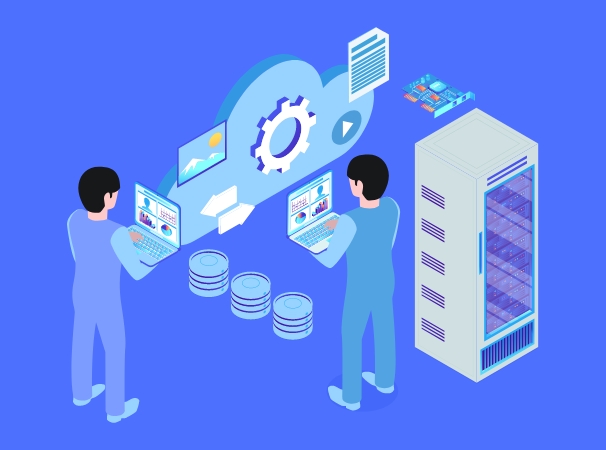
Based on the type of product, performance depends on several indicators such as:
- Number of users who will use the product simultaneously
This will test the quality of the product and how well it works for multiple users. For instance- How is the user experience? Do they face any lag? What is the product’s response duration? Etc.
The legacy solution should be able to handle multiple real-time users working together, without affecting the core business goals.
- Data in the database
Data plays a significant role in legacy migration. They integrate into the business, change with time. Thus, causing the interdependencies of data sets, which can complicate their transfer. It is crucial to research the system components, data, and applications to enhance management and mobility. The level of data integration is, therefore, an imperative part of the migration process.
- Data Safety
To avoid any potential data losses, all data must be migrated safely. It is essential to protect the data and extract it securely. Both old and new formats should be compatible and must not create any problem while migration. Besides this, the team should take time to review data carefully.
- Performance of the application
This indicator shows if your migration was successful and is usually measured through:
-
- Error rates (failed or total requests)
- Speed
- Latency
- Availability of application
- Throughputs
- Number of timeouts
To optimize the performance during legacy data migration between the systems, your team should focus on the following points:
- Designing and applying appropriate standards for project management.
- Managing project risks.
- Planning and monitoring the timelines and budget.
- Ensuring user satisfaction.
- Organizing and motivating a technical team to carry on the project.
- Creating detailed, comprehensive, and well-structured documentation.
- Planning and coordinating testing activities.
- Continuous integration and delivery.
Legacy data migration to move with the technology
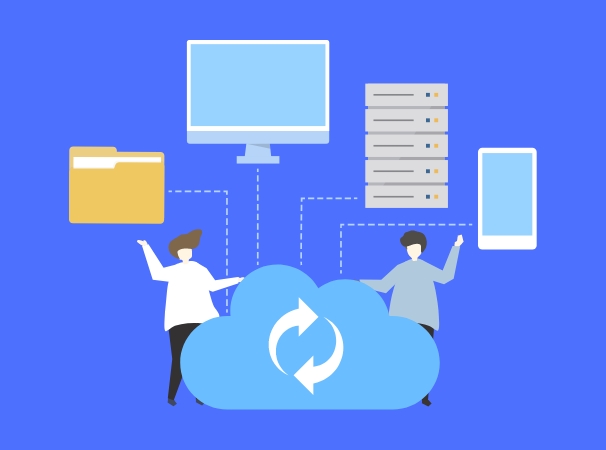
Organizations don’t like to move their data from the old legacy systems to a new platform. However, understanding the features of the latest technologies to improve the company’s operational efficiency is a big step toward growth and development.
Data migration is a complex project that requires proper planning and implementation. But by choosing the right migration approach, you can successfully increase your business productivity and get rid of outdated technology. The migration from legacy systems can increase multi-platform support and portability, deliver more efficient applications, gain better business value, and also manage and protect sensitive data.

